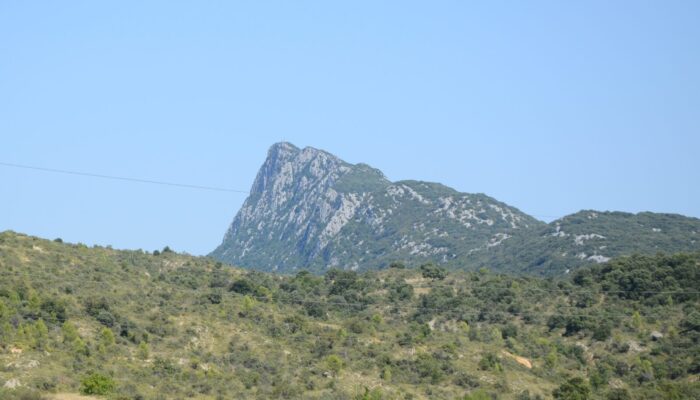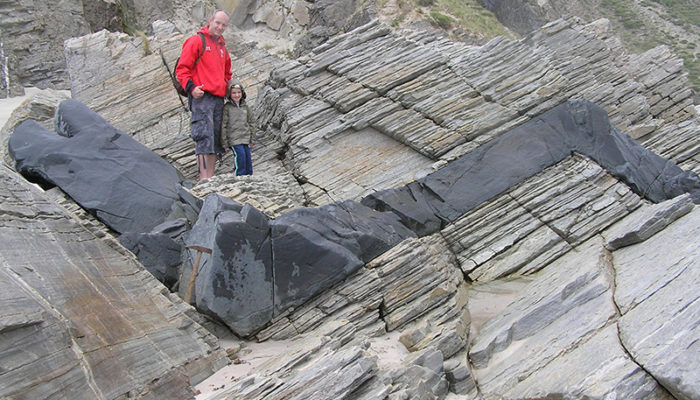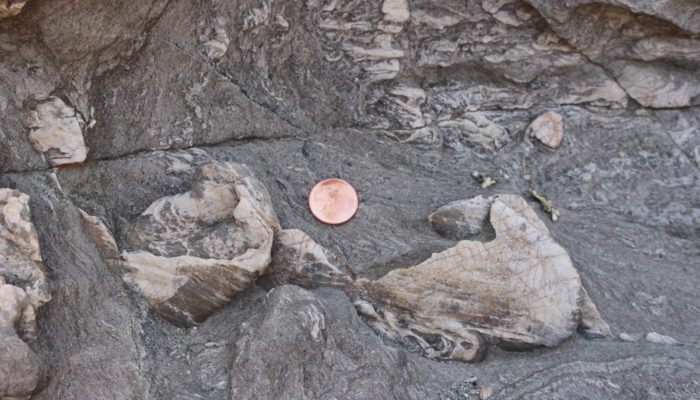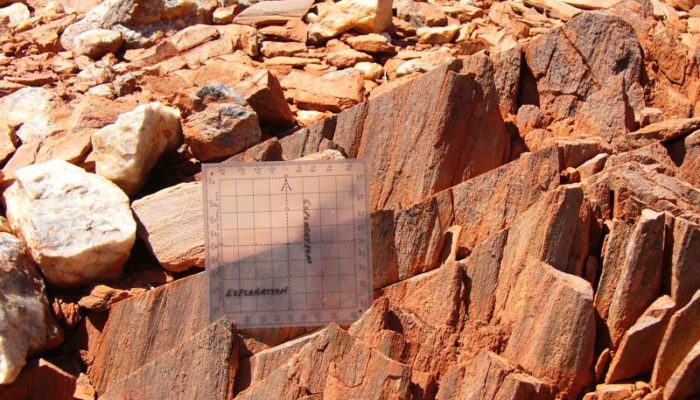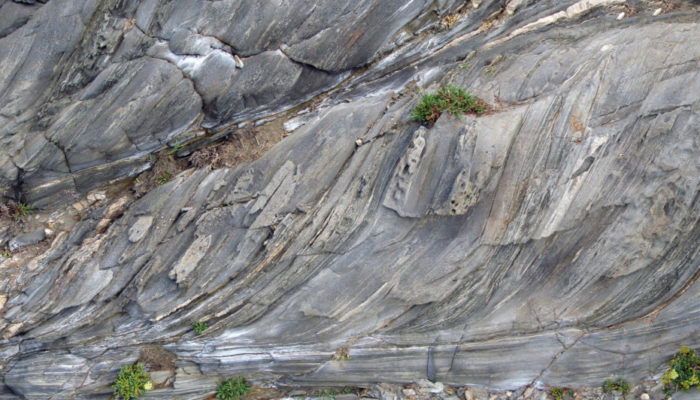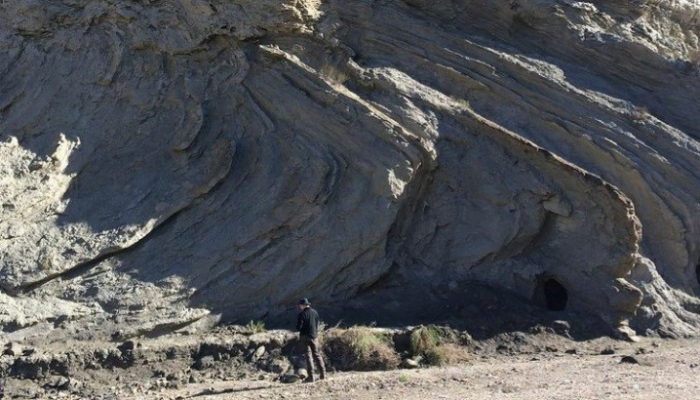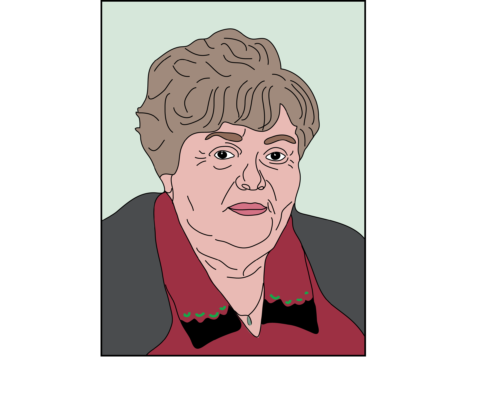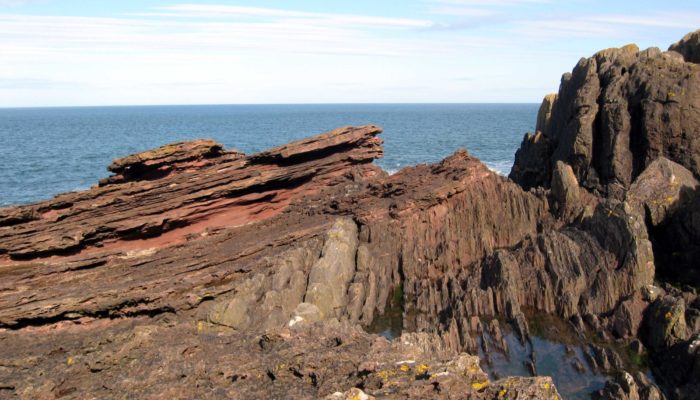Faults and fractures can sometimes be confusing, especially for students taking their first geology courses. When they go hiking in the mountains and see a crack in the rock, they often wonder — is this a fracture or a fault? Even scientists sometimes mix the two terms, so it’s good to understand the difference. Since faults and fractures are important in many fields such as tunnel engineering, hy ...[Read More]
Faults vs. Fractures — How to Tell Them Apart ?


